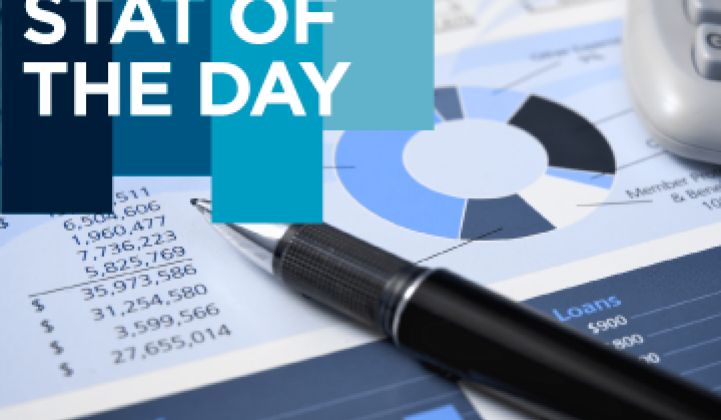With all of the consumer-facing technology available in smart grid projects, there is one item that can stay low-tech and still increase its productivity: the paper bill.
Opower has built a business on mailings that provide usage metrics that compare homeowners' current energy use patterns to that of previous seasons and their neighbors. Still, on a basic level, the typical bill needs a more significant overhaul.
A recent study from the American Council for an Energy-Efficient Economy (ACEEE) found that only 30 percent of the 100 utility bills sampled provide information about the terms and phrases used in the bill.
The reasons for the stagnation of the typical utility billing document are the same reasons for stagnation in many other parts of the utility industry: regulation and a culture that is averse to innovation. Utilities are often required to provide line items that break down charges like kilowatt-hours used and delivery, but there is nothing that says they cannot define what the heck those things mean.
“The bill has been ignored throughout its entire existence as a way for consumers to learn more about their energy bill,” said Ben Foster, a research analyst with ACEEE who authored the study.
The survey also shows that even if the terms are explained, they are almost never next to the items themselves. In an era of web portals, iPhone energy apps, and in-home monitors, it might seem like a small matter, but it is not.
The paper bill is still how the majority of consumers interact with their energy usage patterns. “The bill can be one of the touch points utilities have with their customers,” said Foster.
When the ACEEE surveyed nearly 250 utilities about their billing practices, 44 percent said their utility had made a change to the bill within the last five years, although many said that was just to increase line items. Less than a quarter of respondents reported that they had done any consumer research on energy bills in the past five years.
If energy efficiency is low-hanging fruit, the bill is laying on the ground. While there are regulatory considerations, many utilities -- from investor-owned to rural co-ops to retail electric providers -- have found that adding useful information to bills (such as weather information) and providing value-added services, like weekly updates and phone or text alerts, are easy ways to increase customer satisfaction and cut down on call volume.
Foster said that he was surprised that less than 10 percent of the bills they looked at had energy efficiency tips. That’s not to say that tips don’t come in other forms, such as bill stuffers or Opower-like reports. But the study found that consumers do look at their bills to understand how much they’re spending on energy, and so that might be the best place to provide actionable information to control energy use.
Many utilities are engaging in different smart grid projects, which garner far more attention -- and also cost more -- than a bill redesign. Foster said all of the action in the smart grid space could make this a good time for utilities to revisit their bills. “There are synergistic opportunities,” he said. “The whole issue of segmentation is really just emerging.”
Just as first-generation in-home energy displays and portals were found to provide too much granular data that wasn’t always easy for people to act on, the bill itself suffers the same problem.
“It’s great for people to know what goes into their energy bill,” said Foster, “but historical feedback and connecting an action to a change in energy use is much more [useful] information.”



